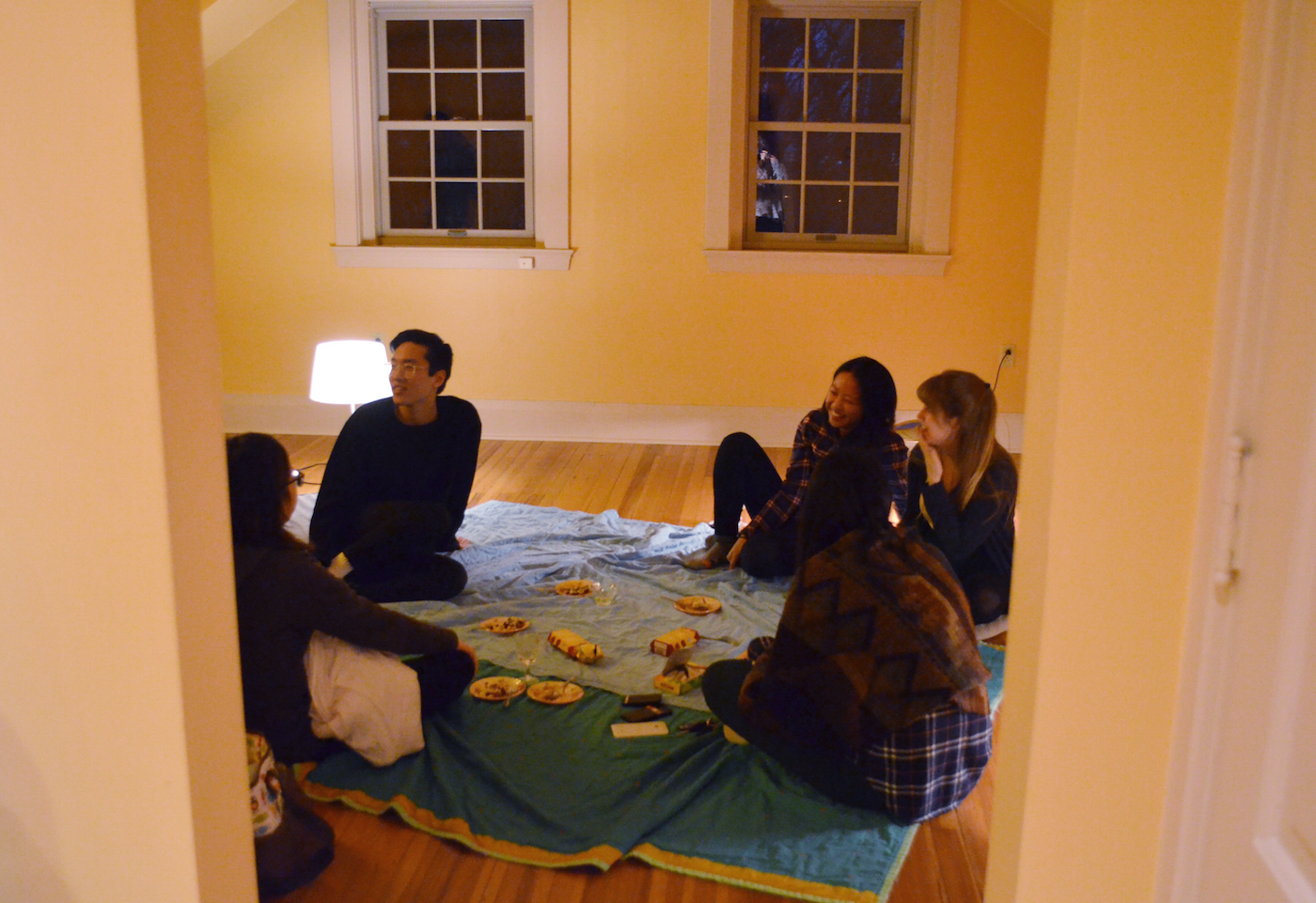So I have this idea… an idea to re-imagine the definition of community.
It didn’t come to me in a day dream, or a random thought. Rather this idea has been cooking and simmering in my thoughts for about a year now. It all started spring 2015 when I worked on a design project to bridge the innovation potential of three monster institutions, Carnegie Mellon University, Carnegie Museums of Art, and The University of Pittsburgh. This so called “nexus” between the three was named Participatory Cultural Incubator (PCI). The idea, as indicated by its title, was to bridge the intellectual capacity, cultural diversity, and multi-disciplinary nature of these institutions in order to form a place of transformation, collaboration, and discovery.
Sifting through the buzz words and promising headlines, one particular description jumped out to me at that time: the word “participatory.” According to three different definitions, participatory means,
– to take part.
– to take or have a part; partake; share.
– providing the opportunity for people to be involved in deciding how something is done.
I would begin to describe this word with phrases like, inclusive encounter or collaborative experience. It beckons a feeling of opportunity and deepened relationships. And it excites me, a lot. As the word “participatory” beckons, I began digging into all this by gathering a few of my closest friends together for cake and discussion.


One side note: my little sister, Jessie, and are in the midst of moving homes this [cold and rainy] spring. So as you may have noticed, this assembly of old friends, and confectionary delight took place on scattered blankets in the empty, dim living-room of our new studio apartment. In regards to transformed community, the transition has actually provided just the right soil for new, fresh ideas to sprout up.
I had one other motivation for this picnic gathering. Aiming for an architecture minor, I am learning about the influence that spatial variation has on human behavior and interaction. I can’t stop thinking about the ways that environments enable (or limit) interaction and collaboration between humans. Furthermore, can altering certain components (such as color, furniture, work/cooking space, etc) within my own home environment make a significant impact on those that visit here?
I am convinced that these blank walls and empty floors will transform and unfold into a space that inspires new ideas and facilitates collaboration within minds ripe for creating together.




